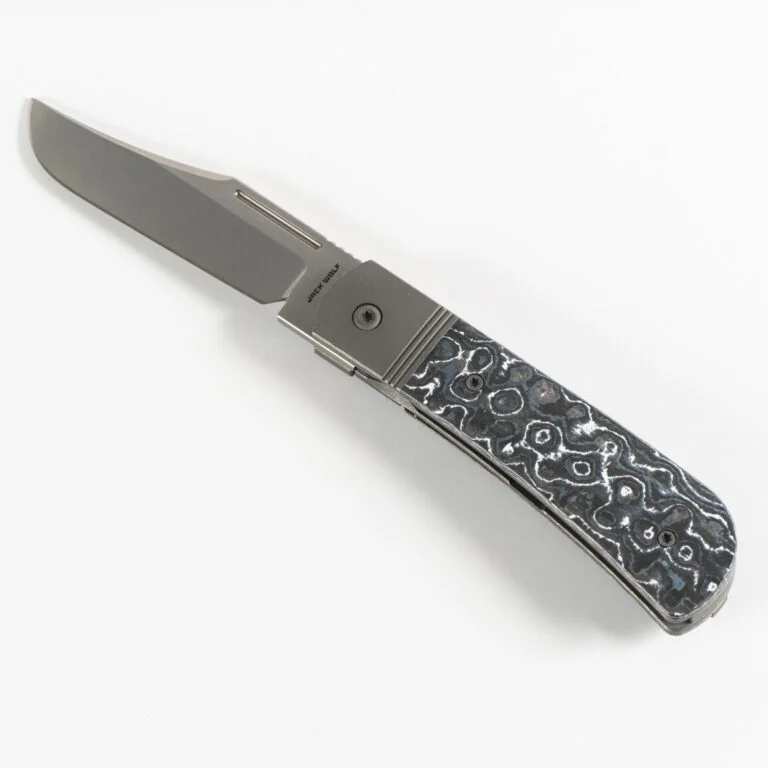iKnife Collector
The online community of knife collectors, A Knife Family Forged in Steel
20130816_112535
Add a Comment
-
Comment by National Knife Museum on August 17, 2013 at 14:14
-
Originally the saw tooth back spine design was made popular back in the early to mid 1700's. Various nations had their own version of a "Pioneer Sword". Some larger than others but all similar in that they were straight handle, heavy duty, solid chopping swords for clearing brush, trees etc. along the journey, hence the name "Pioneer Sword", you took it when you adventured into the unknown (pioneer).
WWI the Germans integrated the saw tooth pattern to the spines of many bayonets. The German soldiers were told to pierce straight in and straight out any extremities of opposing forces. The saw teeth used faced forward on these early models (as the teeth pattern are on the majority of pioneer swords) which would grab and embed strands of fiber and other debris (often times germ and bacteria infested) and carry these particles into the flesh. When the bayonet was removed, because of the angle of the teeth it left the particles in the flesh to breed and cause more general infection problems than anything else. Its purpose of use was for biological warfare.After WWI the world decided that was a very inhumane act and a ban of sorts was placed on the use of tools with that forward facing saw tooth design.
I wasn't there for any of it but that's the way I heard it....for what its worth.
So far I do like it, I've hacked through tree branches, cut canvas like a hot knife through butter and even managed to saw into the roll bar of my jeep...all without damage to the knife. At this point I am very impressed and think it is well worth the money. They sell for around $250 or so and can be found using the link I posted about the history of the design.
-
Comment by Ron Cooper on August 17, 2013 at 5:20
-
The teeth on the spine of this knife are reminiscent of those old WWI bayonets that the soldiers would file off. Because, if you stuck an enemy soldier with that type of bayonet, it could become very difficult to withdraw with those teeth acting much-like the barbs on a fishing hook.
Trippy looking knife, that's fersure!
-
Comment by Steve Scheuerman (Manx) on August 16, 2013 at 15:50
-
That's an interesting design. Nice looking knife, there.
-
Comment by National Knife Museum on August 16, 2013 at 15:40
-
Newest toy. A gift from a dear friend who thought I might need to upgrade from my Mark II Camillus I haven't left home without since my discharge in 2002. So far I am impressed with blade quality, design and function but Im not so keen on the feel of it yet. More testing required.
Latest Activity
Featureddead_left_knife_guy replied to dead_left_knife_guy's discussion Free shipping at KnifeCenter 9/5 - 9/7/25!
© 2025 Created by Jan Carter.
Powered by
![]()

You need to be a member of iKnife Collector to add comments!
Join iKnife Collector